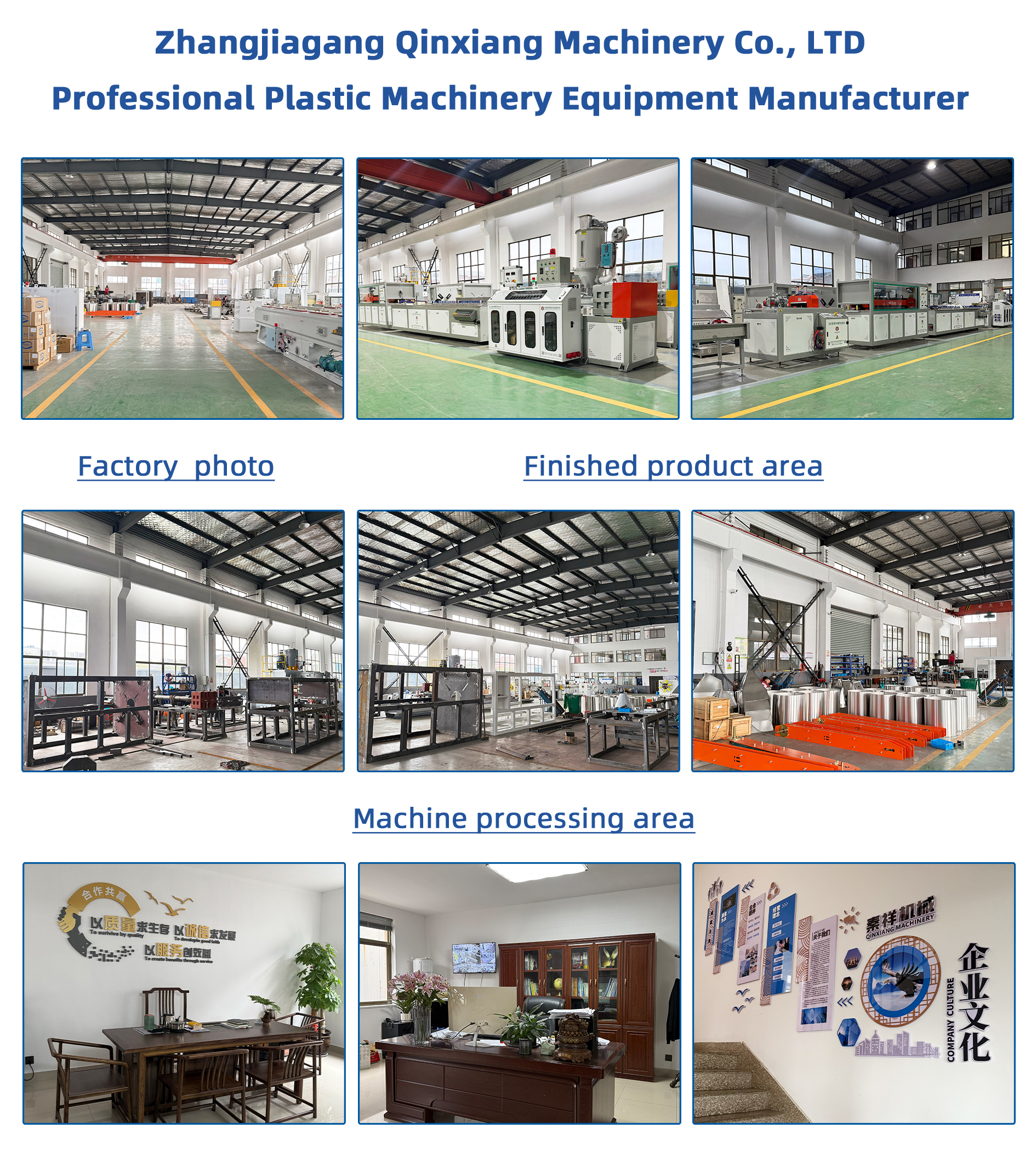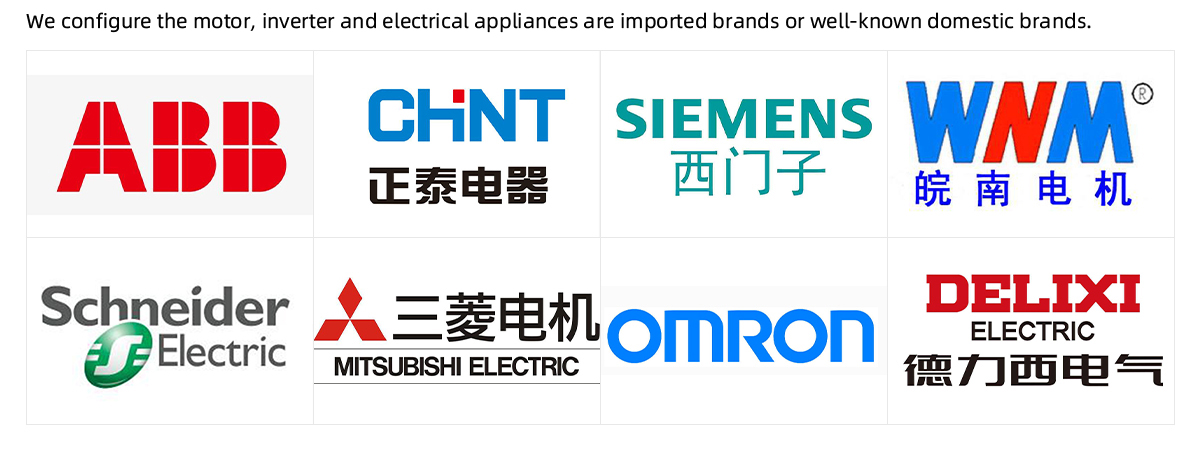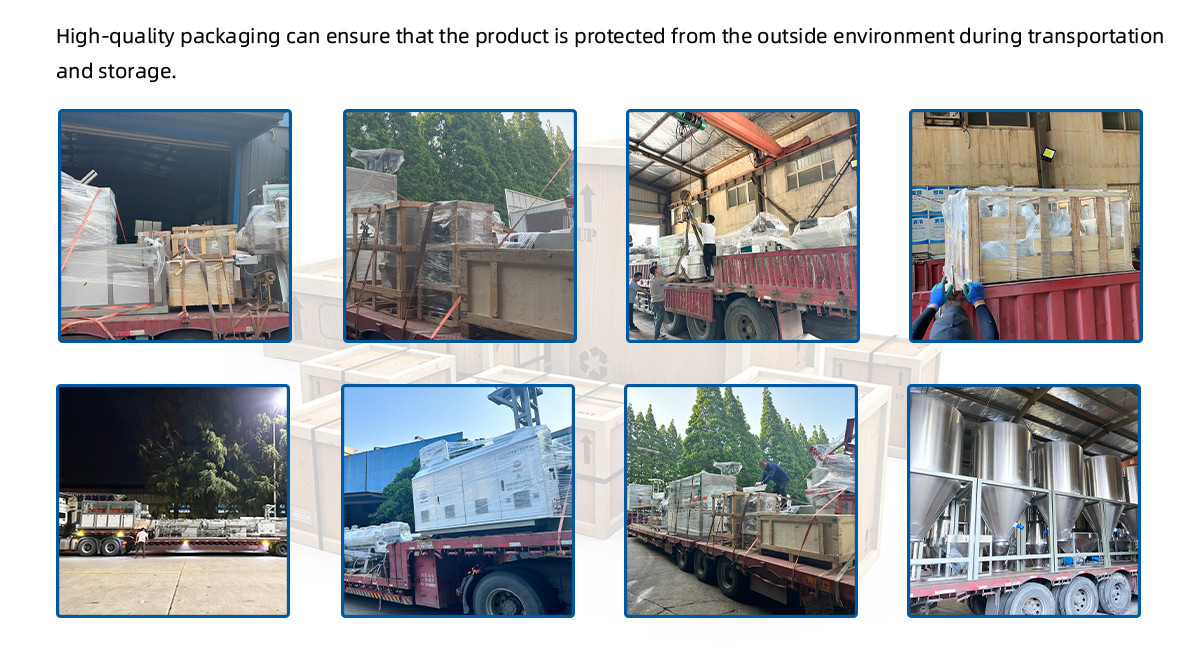1. Material Extrusion: The machine melts and extrudes ABS pellets or granules into sheets or profiles, which can be either solid or hollow. These profiles serve as the backing material for solar panels, offering high resistance to environmental factors such as moisture, UV rays, and temperature fluctuations. 2. Solid and Hollow Profiles: The extrusion machine is capable of producing both solid and hollow profiles depending on the requirements of the solar panel design. Hollow profiles may be used to reduce weight or enhance insulation, while solid profiles offer greater strength and durability. 3. Precision Control: The machine offers precise control over temperature, pressure, and extrusion speed, ensuring that the ABS profiles meet the required specifications for strength, flexibility, and dimensional accuracy. This is critical for the performance and longevity of solar panels. 4. Multi-Layer Extrusion: Some advanced models are capable of multi-layer extrusion, allowing for the production of profiles with different material layers. This can improve properties such as UV protection, fire resistance, or impact strength, all of which are important for solar panel backings. 5. Cooling and Calibration Systems: The extruded profiles are cooled and calibrated to ensure they maintain their shape and dimensional accuracy after leaving the extrusion die. Cooling systems such as water baths or air cooling systems are used to solidify the material. 6. Automation and Efficiency: These machines often feature automated systems for material feeding, temperature control, and process monitoring, which improves production efficiency, reduces labor requirements, and ensures consistent product quality. 7. Customization: The machine can.be customized to produce different thicknesses, lengths, and profiles based on the specific requirements of the solar panel manufacturers, making it highly versatile. | 






































































